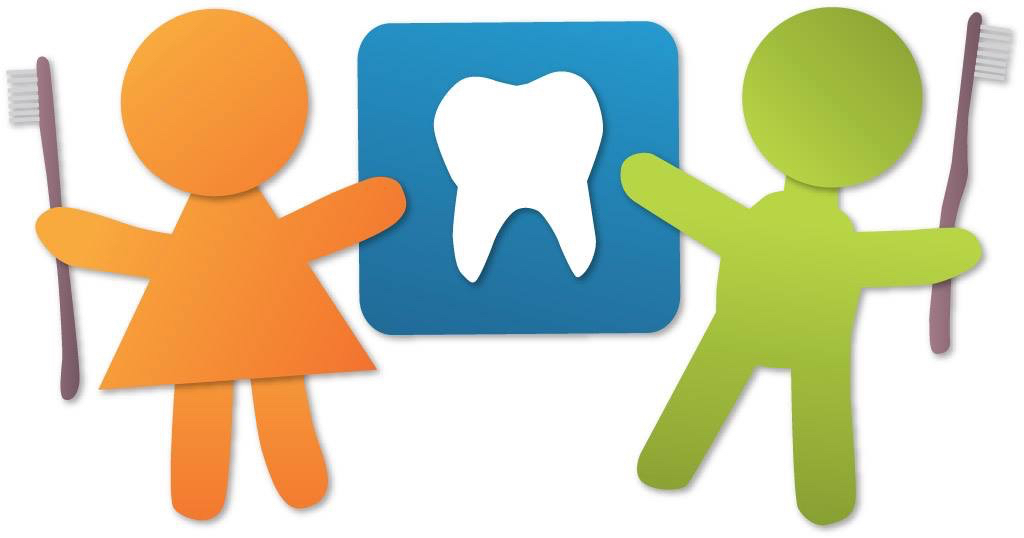Facial swelling usually develops after an injury, cut, bite, sting, or a dental abscess. However, it may also occur without any known cause. There is usually a localized area of redness, swelling, sometimes heat, and pain. There can sometimes be throbbing pain and a fever.
An infected tooth with an abscess (collection of pus) is the most common reason for facial swelling (cellulitis) seen in our office. This happens when the bacterial infection causing deep cavities penetrates through the tooth, out through the root, into the bone, and then into the surrounding facial tissues. Facial swelling or cellulitis is a very serious situation. Most often, we can not do any dental treatment until the cellulitis is resolved because the local anesthetic used to numb the teeth will not work due to the change in body chemistry. Therefore, we recommend that you see your pediatrician or emergency room physician first in order to receive the proper type of and dosage of antibiotics. Sometimes in order for the antibiotics to be effective, an I.V. antibiotic has to be administered by the medical doctor because oral administration of the antibiotic is not effective and the cellulitis will continue to get worse.
Call your physician or go immediately to the Emergency Department of the nearest hospital if any of the following occurs:
- Chills, fever, or vomiting
- Increased swelling or increased pain, especially around the eye
- Increased redness or increased red streaking from the infected area
- Elevation of the floor of the mouth, difficulty swallowing, or difficulty breathing
Swelling that is caused by infection that occurs around the eye, in the throat area that causes difficulty swallowing, or is associated with a fever can be life threatening.
Go see your pediatrician or emergency room immediately!
Doctor Wang, Doctor Perea-Corkish, Doctor Gerodias and the other Doctors of Discovery Pediatric Dentistry make no warranties, expressed or implied, as to any results to be obtained from use of the information on this page. We cannot diagnose or treat patients over the Internet. Information on this site is for educational purposes only. You should not rely on this information as a substitute for personal, medical, and/or dental attention or diagnosis. Without all available information about a patient, it is impossible to make a diagnosis. Help and answers are in the form of general ideas. Only you, your dentist, and other necessary and qualified health care providers can make an appropriate treatment decision in an emergency or for everyday care and dental treatment.

